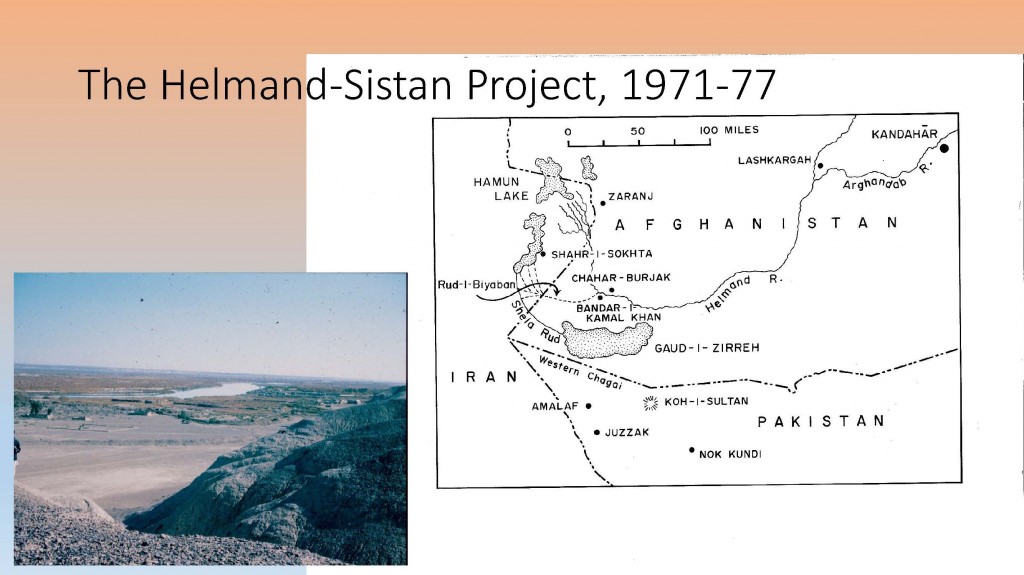
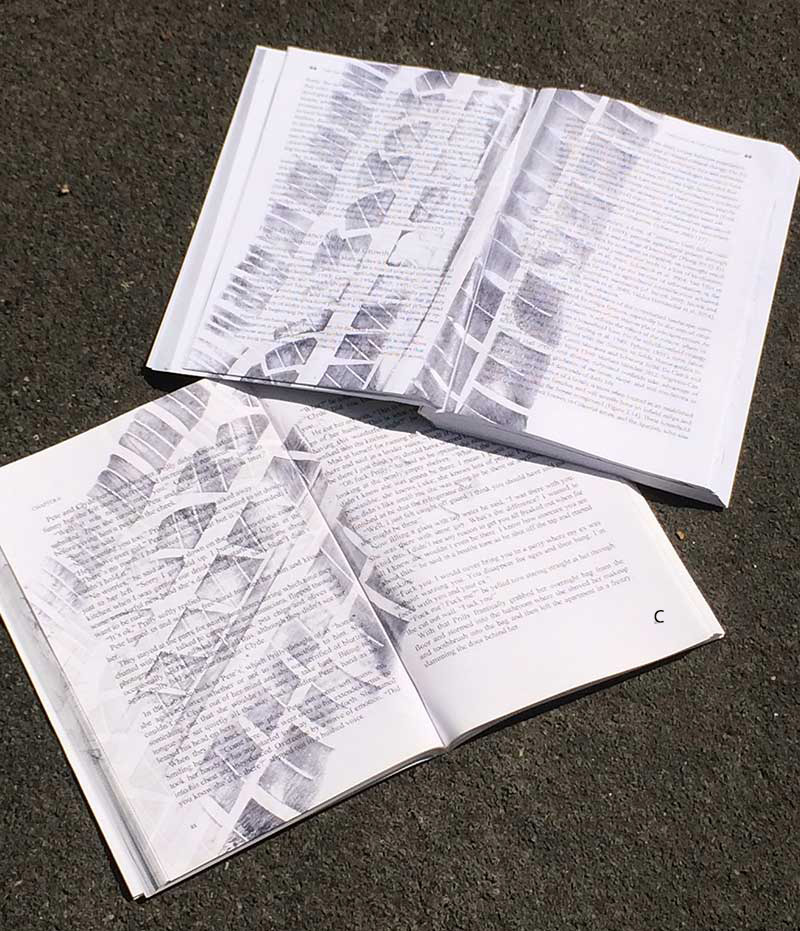

Mitch’s Blog
Pretending to Profess
Friday, April 07, 2017
The last time I presented a professional paper in archaeology was 25 years ago when I was in the throes of finishing my dissertation. 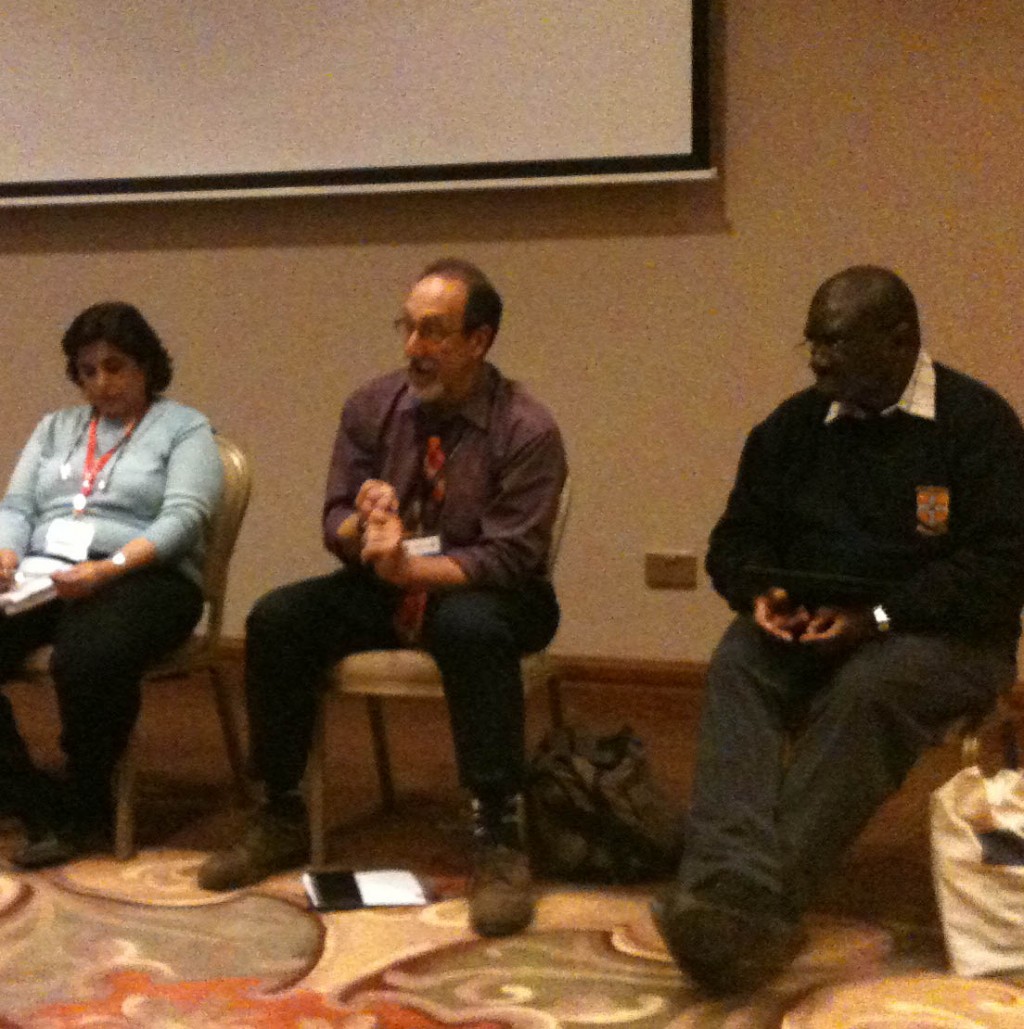 Not that I haven’t been up on the podium since then. But talking about publishing in archaeology or any other scholarly field is pretty easy. I’ve lived it for the past four decades, and scholars listen to publishers speaking about publishing with the timidity of someone stumbling upon a necromancer in full spell-casting mode.
Not that I haven’t been up on the podium since then. But talking about publishing in archaeology or any other scholarly field is pretty easy. I’ve lived it for the past four decades, and scholars listen to publishers speaking about publishing with the timidity of someone stumbling upon a necromancer in full spell-casting mode.
This one was different. It was my first attempt to speak about the Helmand Sistan Project, the archaeological dig that I participated in as a grad student puppy over four decades ago. I’ve written about this project a couple of times already in this blog, but here I was impersonating a scholar and describing the project publicly to an audience of archaeologists. “Pretending to profess” was the way I described it to Hannah Shakespeare, a fellow publisher. Impostor syndrome in full flower.
Three decades ago, when I was a graduate student, an acquiring editor for Sage Publications, and considerably less wrinkled and gray, I went to back-to-back conferences, one in sociology to acquire books and the next in archaeology to present a paper out of my dissertation. At the first, my badge was draped with a red ribbon proclaiming “Exhibitor” like a prize steer. I had full access to everyone at the conference. Though I had taken only one introductory sociology class in my life and barely passed it, I could walk up to any of the silverbacks and introduce myself as the Sage editor. They were happy to describe their current research projects at great length and hinted that they would be even more happy if I would publish it. Later that week, I walked up to a herd of silverback at the archaeology conference with “Mitch Allen, UCLA” on the badge and attempt to insert myself into that conversation. The herd migrated to their favorite watering hole for martinis very quickly without inviting me to join them. I learned an important sociological lesson about role and status.
 Once I launched AltaMira Press and Left Coast Press, my status at archaeology conferences was no longer an issue. I could command the attention of even the most feared alpha male. Once in conversation, I quickly discovered that they were less interested in hearing about my past misadventures as an archaeological neophyte than the possibility that I could publish their current work. I learned to be a good listener. My archaeological background became a sales tool to close the deal rather than a platform on which we could exchange scholarly thoughts.
Once I launched AltaMira Press and Left Coast Press, my status at archaeology conferences was no longer an issue. I could command the attention of even the most feared alpha male. Once in conversation, I quickly discovered that they were less interested in hearing about my past misadventures as an archaeological neophyte than the possibility that I could publish their current work. I learned to be a good listener. My archaeological background became a sales tool to close the deal rather than a platform on which we could exchange scholarly thoughts.
AltaMira and Left Coast are now gone and my tag at the Society for American Archaeology conference meeting last week declared me simply as “Mitch Allen, Mills College.” The decades in publishing have helped make me one of the most networked people in the field. I had lots of conversations in the halls of the Vancouver Convention Centre with former authors now rebranded as my archaeological colleagues. Half hadn’t heard about the sale of Left Coast Press and wondered why they couldn’t find my booth in the exhibit hall. A few started, unbidden, to describe the book they wanted to write. Pavlovian behavior. After sharing news of my departure from publishing, I mentioned, often apologetically, that I was giving a paper on the archaeology of western Afghanistan on Saturday morning. Since the SAA meeting consists of about 10 Central Asian archaeologists out of 4700 attendees, the conversations were often brief ones. Had I been talking about preclassic Maya sculpture or lithic debitage in California, my reinvention as an archaeologist might have elicited more interest.
Saturday arrived and there I was at session 297, Archaeology of Western Asia I. My fellow presenters, a postdoc and a pair of grad students from elite universities, were dressed in their finest presentation garb—even had their ties twisted correctly. They were the same age as my kids. They had complex powerpoint sequences with zooming maps, late popping captions, fades, and other tech tricks that all contemporary scholars-in-training know. Their talks were read from preauthored scripts and dripped with data. Their advisors would be proud. And should be.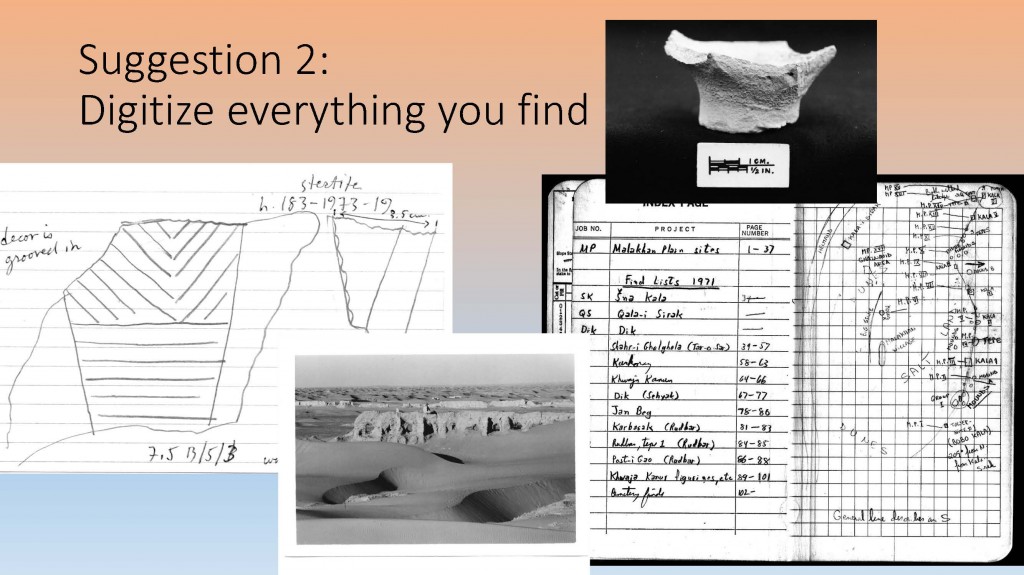
I was last. I was tech savvy enough to know how to put a colored gradient in the background of each frame, but had I showed up with a slide carousel the presentation wouldn’t have looked much different.
[Note to anyone under the age of 40: Stone Age powerpoint presentations consisted of sequences of slides placed in a discoid plastic container called by Kodak a “carousel” and mounted atop the projector. At least one slide was accidentally inserted upside down in every presentation to show the fallibility and mutability of research, much as Persian rugs always contain a weaving imperfection so as not to try to outshine Allah.]
My worst nightmares were realized when I looked around the room and saw a scatter of silverbacks sitting in the room, preeminent figures in Central Asian archaeology of the generation of my senior coauthor Bill Trousdale, who wisely stayed home in Pasadena. After all, the project was conducted almost half a century ago and these folks have been impatiently waiting for some results for a long time. Without my publishing armor, I was in deep trouble.
Fortunately my talk was more about the difficulties of trying to resurrect the project after 40 years than reporting on its results, which won’t be known until I better learn to read the scrawl in Bill’s yellowing field notebooks. Happily, the few slides highlighting coming attractions for a future SAA presentation were enough to placate the alphas. Email addresses were exchanged, salutations to Bill offered, and I marched off to lunch with the Camelids, a group of Chicago grad students who are using our field notes to locate Sistan sites on satellite photos as part of a preservation project they’re doing for government of Afghanistan. The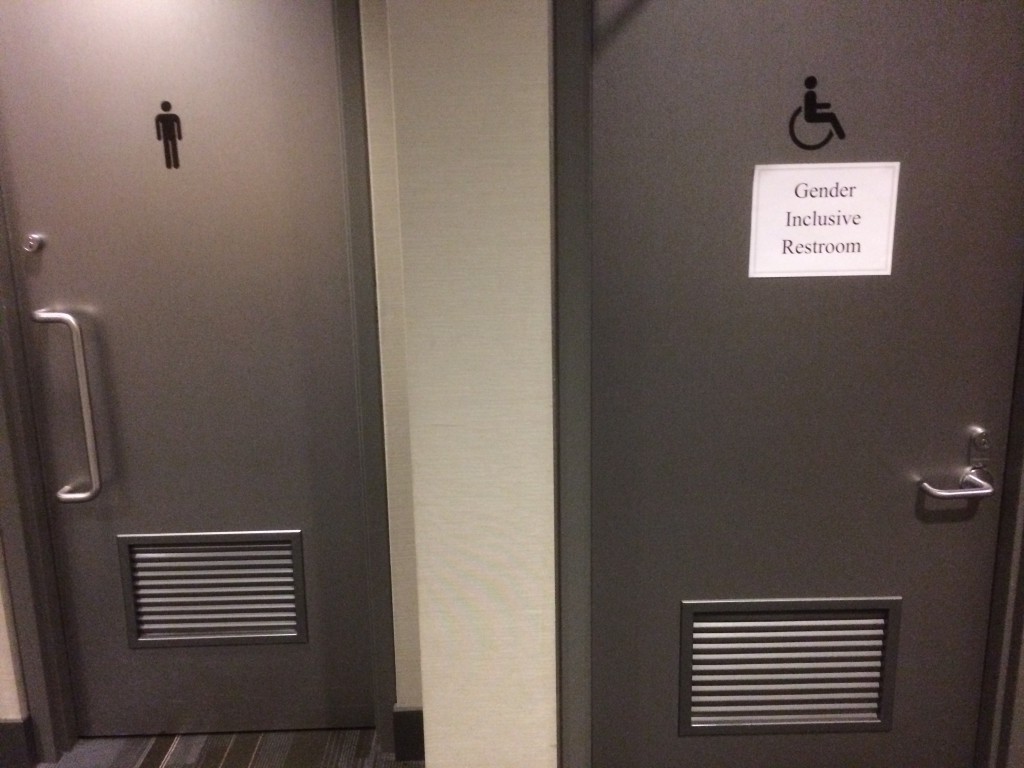
I survived the professional hazing and can now claim to be an archaeologist again. But that wasn’t the best moment at the conference. That encounter took place in the men’s room the day before.
No, it wasn’t that kind of encounter.
I was washing my hands; a younger, Mediterranean-looking archaeologist was doing the same next to me. A quick glance at my badge was followed by “You’re Mitch Allen?” I tried to locate the nearest exit as I answered yes.
“I have to thank you. We corresponded a year ago and you turned down my book proposal. But you suggested a couple of other publishers to approach instead. I contacted them and one will publish it. The manuscript is being reviewed right now. I can’t thank you enough.” I had no recollection of either his name or his project.
Ok, so I’m an archaeologist again, but leaving publishing behind might take a while.
(c) Scholarly Roadside Service
Back to Scholarly Roadkill Blog
Scholarly Roadside Service
ABOUT
Who We Are
What We Do
SERVICES
Help Getting Your Book Published
Help Getting Published in Journals
Help with Your Academic Writing
Help Scholarly Organizations Who Publish
Help Your Professional Development Through Workshops
Help Academic Organizations with Program Development
CLIENTS
List of Clients
What They Say About Us
RESOURCES
Online Help
Important Links
Fun Stuff About Academic Life


